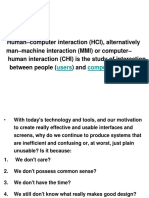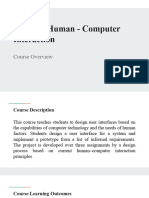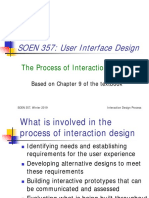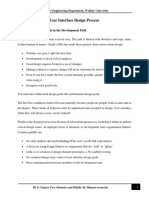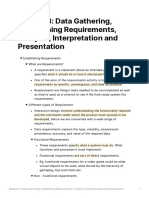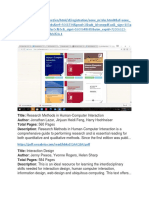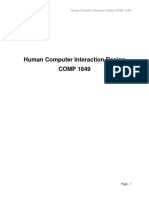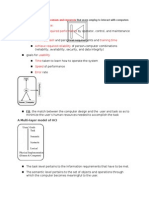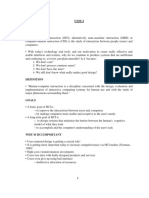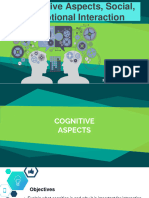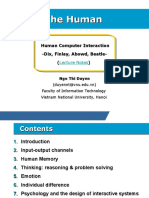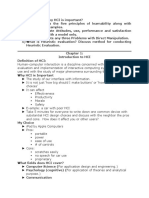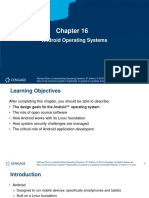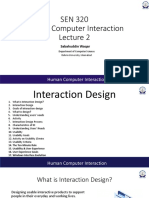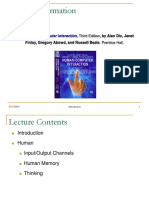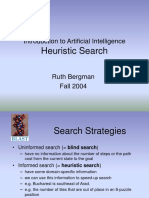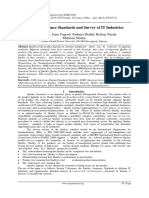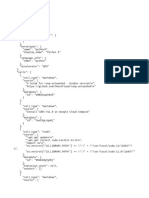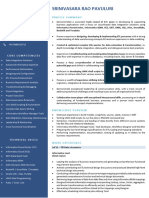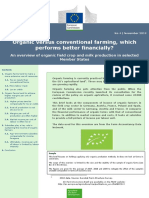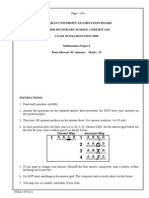0% found this document useful (0 votes)
259 views70 pagesHuman Computer Interaction
This document provides an overview of the Human Computer Interfacing course. It discusses the course information including the textbook. The lecture contents are outlined which cover introductions, the human, input/output channels, human memory, and thinking. Examples of user interfaces are presented and analyzed. The roles of vision, hearing, touch and other human factors in interfacing with computers are explored.
Uploaded by
IsmaCopyright
© © All Rights Reserved
We take content rights seriously. If you suspect this is your content, claim it here.
Available Formats
Download as PPT, PDF, TXT or read online on Scribd
0% found this document useful (0 votes)
259 views70 pagesHuman Computer Interaction
This document provides an overview of the Human Computer Interfacing course. It discusses the course information including the textbook. The lecture contents are outlined which cover introductions, the human, input/output channels, human memory, and thinking. Examples of user interfaces are presented and analyzed. The roles of vision, hearing, touch and other human factors in interfacing with computers are explored.
Uploaded by
IsmaCopyright
© © All Rights Reserved
We take content rights seriously. If you suspect this is your content, claim it here.
Available Formats
Download as PPT, PDF, TXT or read online on Scribd
/ 70




